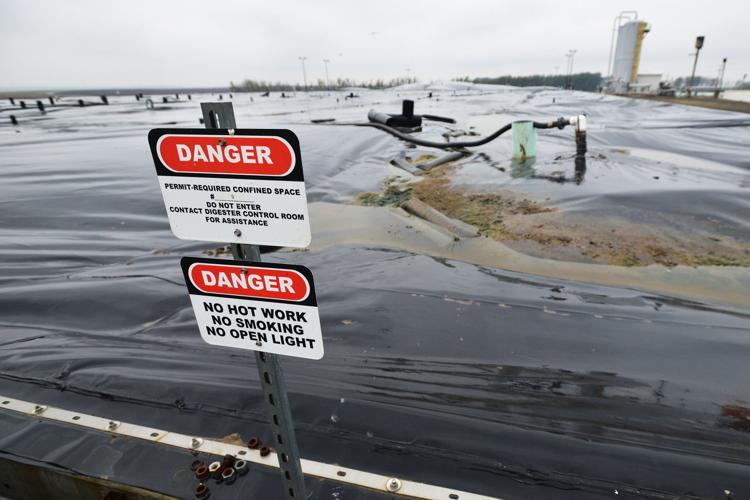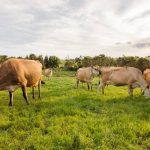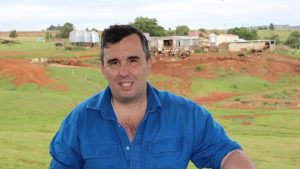
But dairy producers, particularly medium- to large-scale operations, can make meaningful progress in reducing emissions, and they can do it in an economically sustainable way, Ben Laine, a dairy analyst at Rabobank, said in his new report, “A Reduced-Methane Future for Dairy.”
Methane emissions can be reduced through manure digesters and feed additives and supplements being developed to reduce enteric emission, or cow belches, he said.
Digesters are most efficient where manure is collected and stored in pits or lagoons as a liquid or semi-solid. Candidate farms have more than 500 head of cattle, flushed or scraped barns and open lots, he said.
There are 211 operational digesters in the U.S. The Environmental Protection Agency considers about 2,700 dairy farms — 8.5% of the total — to be candidates for digesters and biogas recovery, he said.
“The relatively recent ability to clean and upgrade biogas captured in digesters is driving a boom in investment and development. Rather than using the captured gas to generate electricity, it moves to a biogas upgrade plant — located either on the farm or in a hub-and-spoke arrangement near multiple farms,” he said.
The plant scrubs the biogas into renewable natural gas and compresses it until it can be either injected into a natural gas pipeline on site or trucked to an injection site, he said.
“The value of the fuel on its own is not enough to justify the expense of the equipment to clean and transport it. The primary economic incentive for these projects is the value of the low carbon fuel standard credits that are generated by virtue of the renewable nature of the fuel,” he said.
Arrangements between the developer and farm can take many forms. But most often, the farm owns the digester and supplies biogas to the developer-owned upgrade plant, potentially with the farm receiving some equity in the project, he said.
“The large capital investment requires that the digester provide a reliable stream of biogas to be economically viable. Even when the farm owns the digester, proper staffing or outsourcing to a digester management company may be desirable to ensure optimal management, biogas production and receipt of LCFS (low carbon fuel standard) credits,” he said.
In addition, many projects are also eligible to generate renewable identification number (RIN) credits as part of EPA’s Renewable Fuel Standard Program by generating renewable fuel to replace fossil fuel, he said.
“Reducing methane emissions on dairy farms in a meaningful way is within reach. And in most cases, it will be a win-win for dairy producers, brands, consumers and the environment,” he said.
“Across the value chain, early movers in methane mitigation will be able to extract the most value. Eventually, farms that choose not to implement (greenhouse gas)-reducing technologies where possible may have trouble finding a favorable market for their milk,” he said.

























